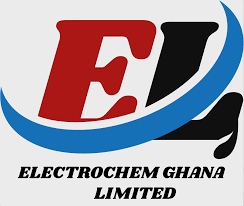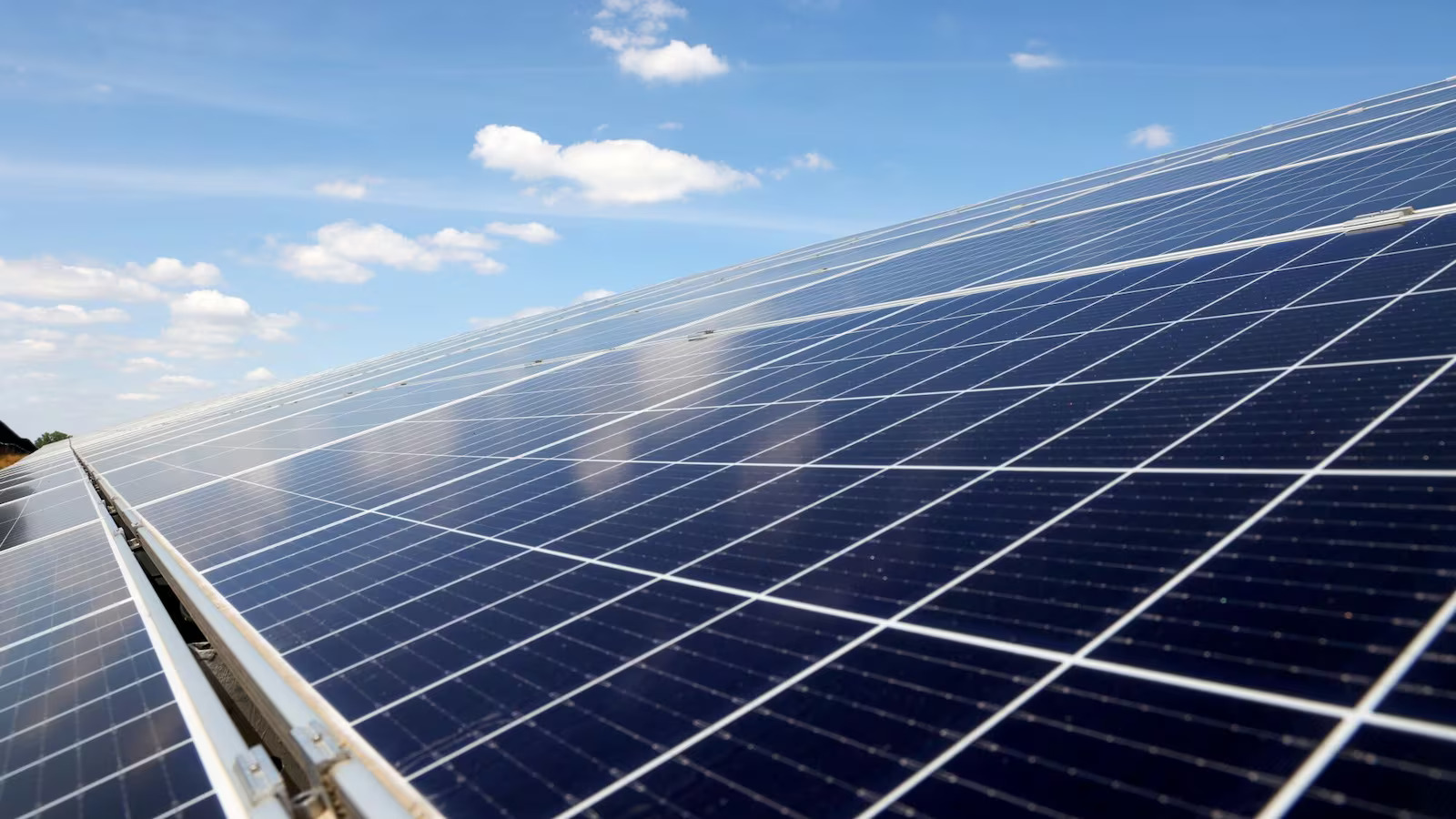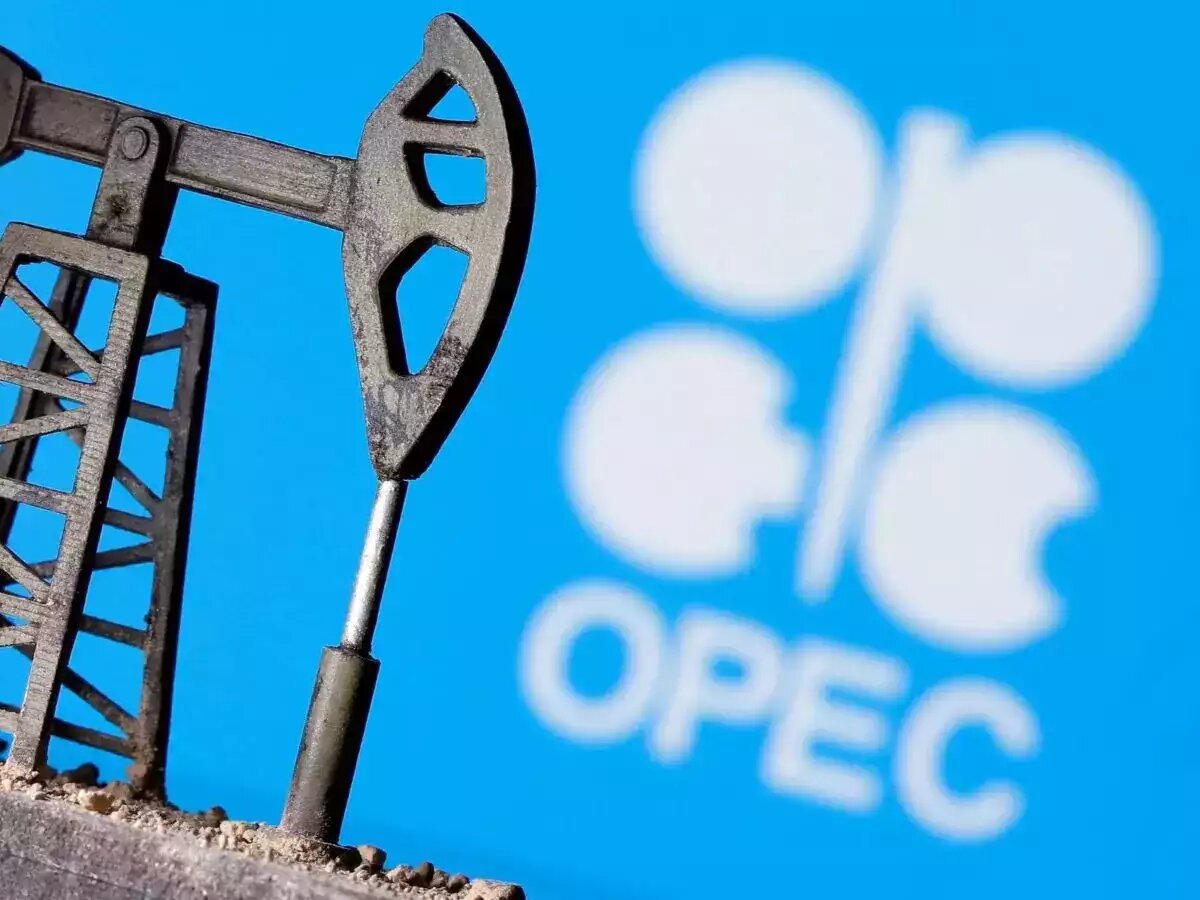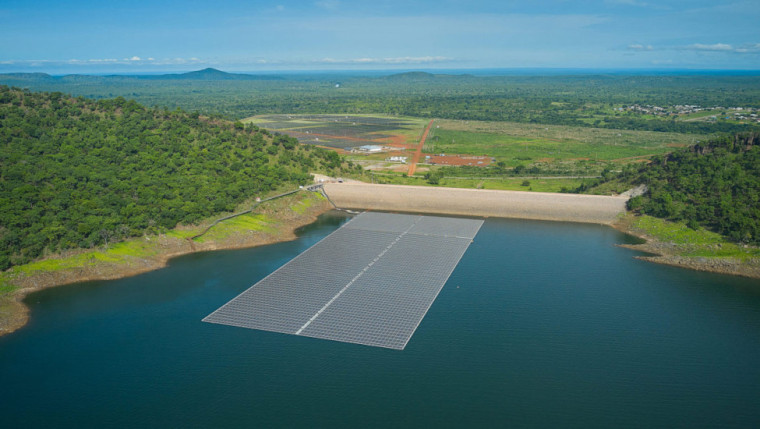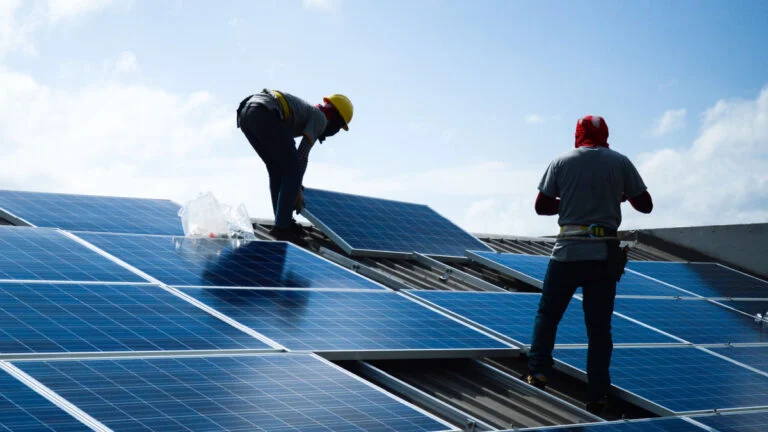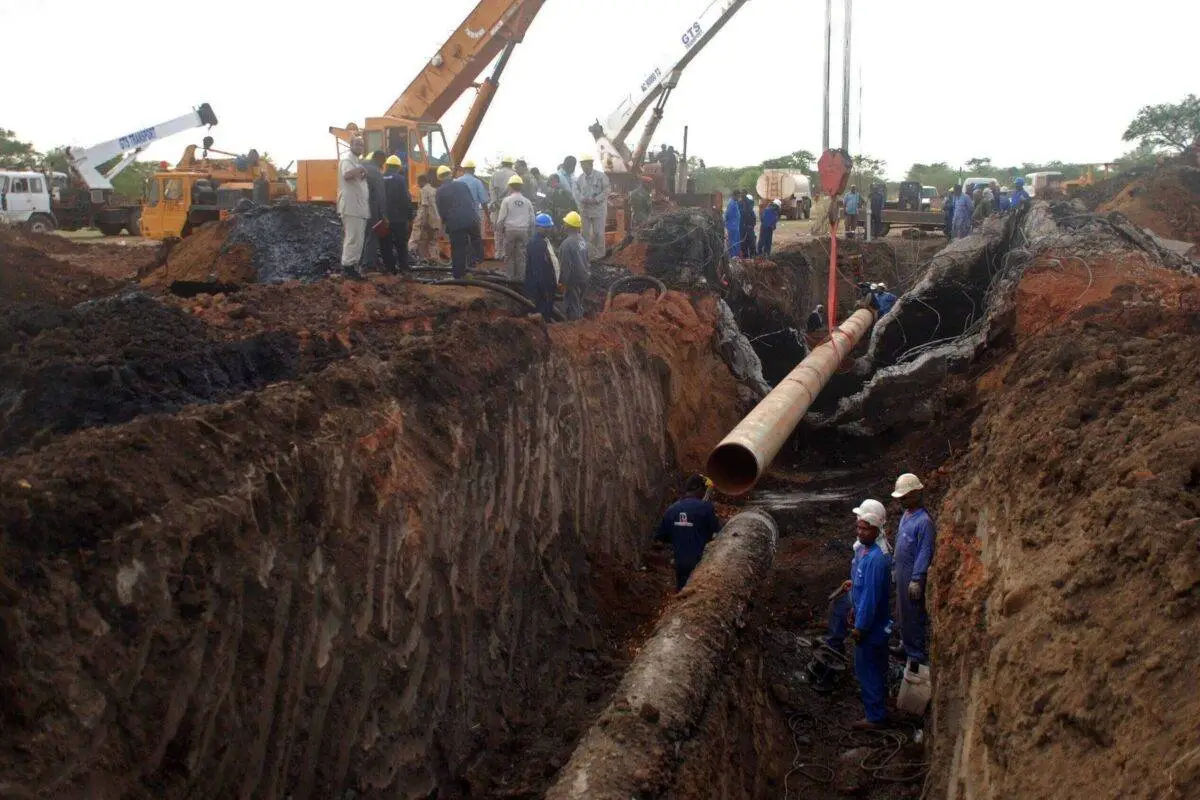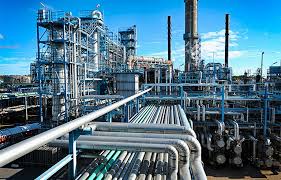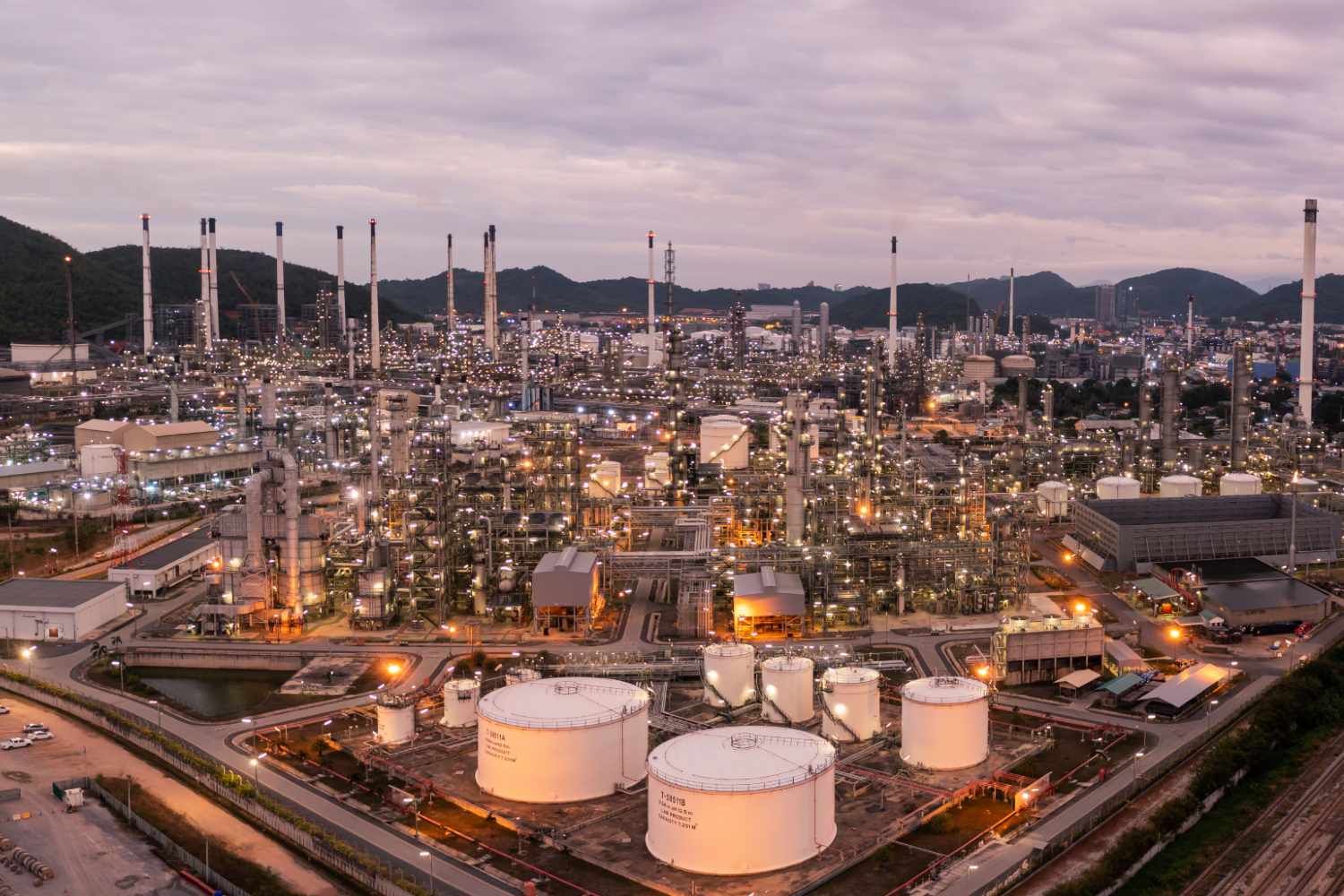Generation

Inside Africa's powerhouse $16 billion solar push to light up every home by 2030
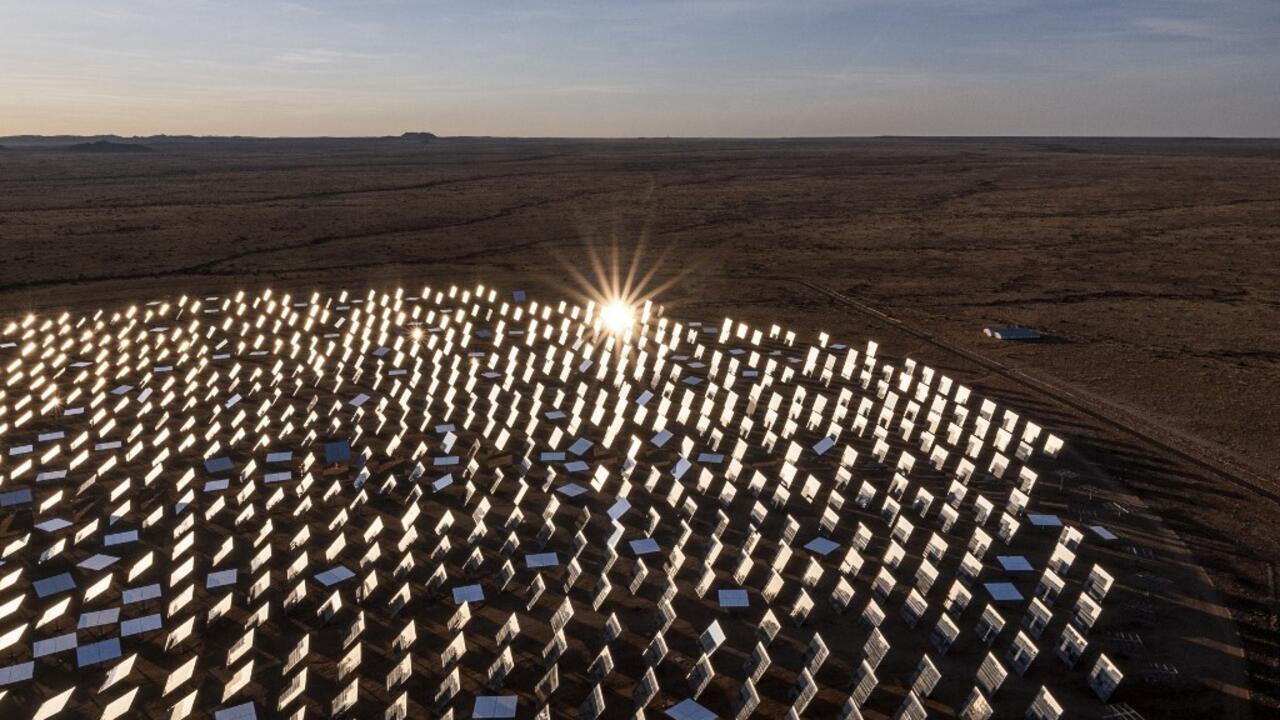
According to the Ministry of Infrastructure, 82% of Rwandan households now have electricity, with 57% connected to the national grid and 25% powered by off-grid systems, mainly solar.
Despite this progress, solar energy still accounts for just 1% of Rwanda's 406-megawatt (MW) installed capacity, while hydropower dominates at 39%.
Experts warn that this overreliance on hydropower leaves the country vulnerable to climate shocks such as droughts and erratic rainfall that disrupt generation.
Under the government's Least Cost Power Development Plan (2024–2050), Kigali aims to add nearly 1,500 MW of solar capacity with battery storage by 2050.
However, financing remains a major stumbling block. The government estimates it will need about $3.6 billion by 2035 to meet rising electricity demand, including $69 million for short-term solar projects. Between 2035 and 2050, generation costs could surge to $38 billion, with solar investments alone accounting for $16 billion.
The Rwanda Energy Group (REG) oversees power generation and distribution through its subsidiaries. Private investors can only participate in power generation through independent power producer (IPP) models, with the Electricity Utility Corporation Limited (EUCL) acting as the sole off-taker.
While Rwanda offers some tax incentives, industry players argue that more predictable policies and cost-reflective tariffs are critical to attracting capital. Standardising power purchase agreements and expanding feed-in tariffs would unlock private investment.
As African nations race to expand access to clean and affordable energy, Rwanda's solar ambitions could become a model for sustainable electrification, if financing and policy reforms can keep pace with its bold vision.



